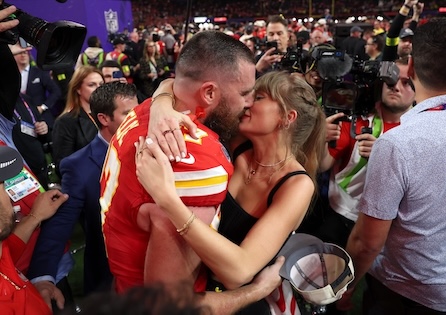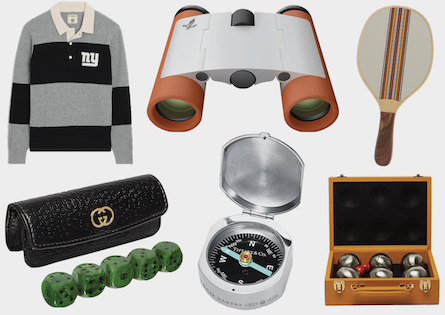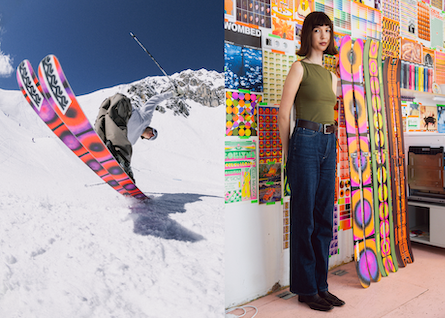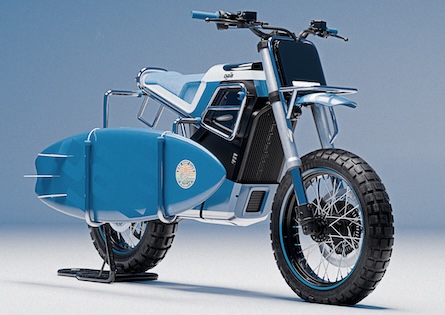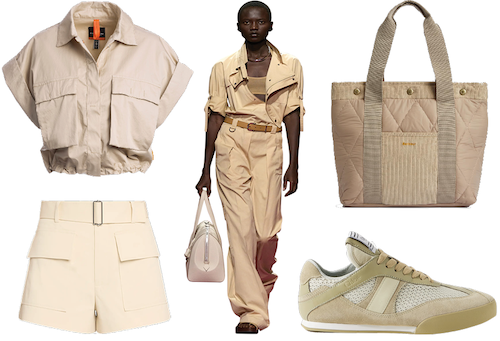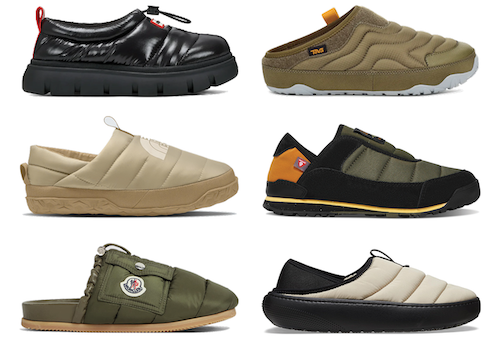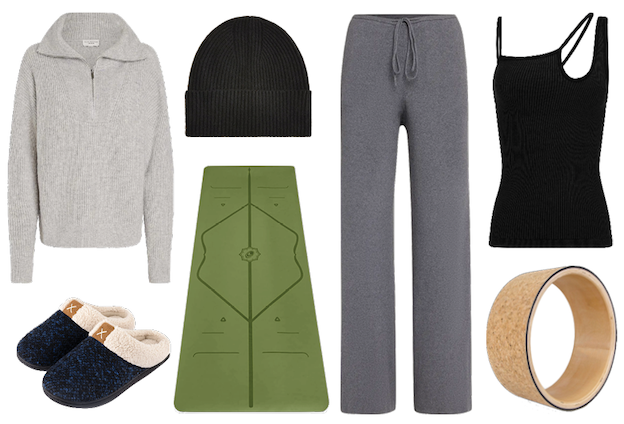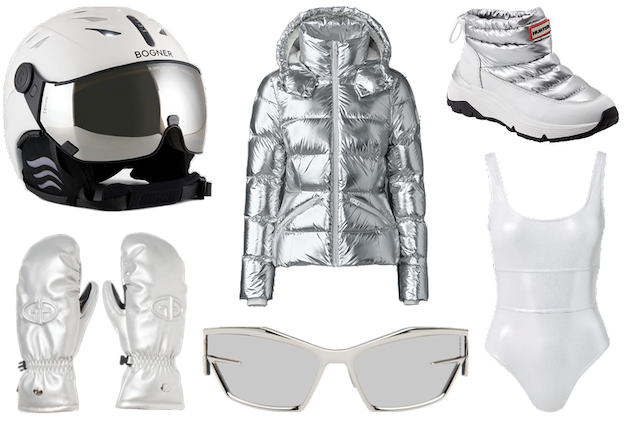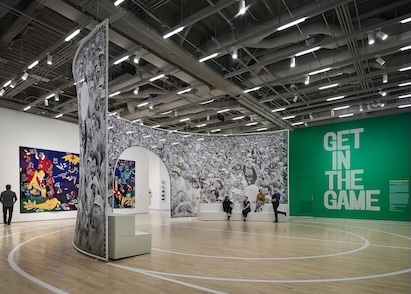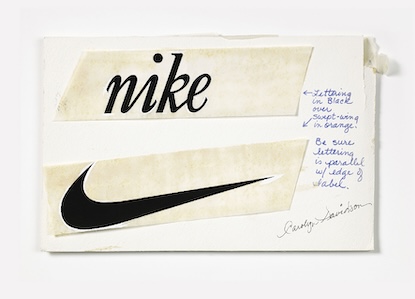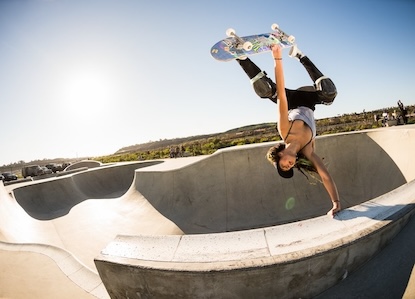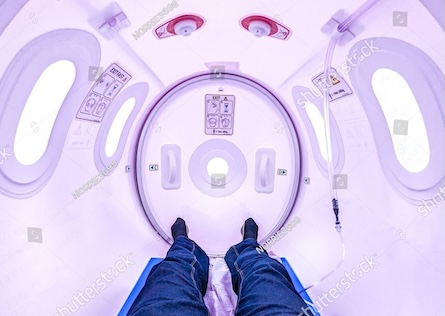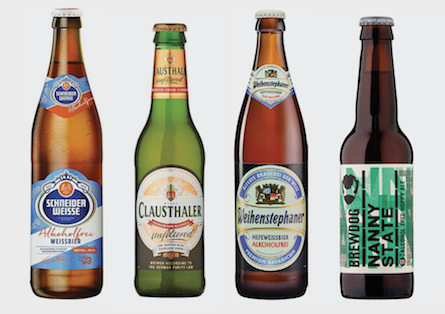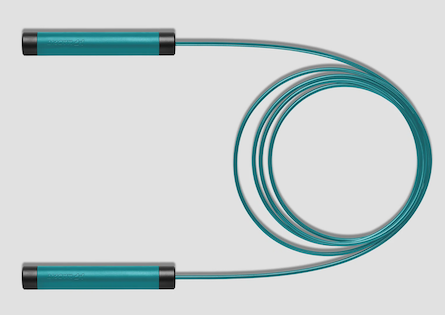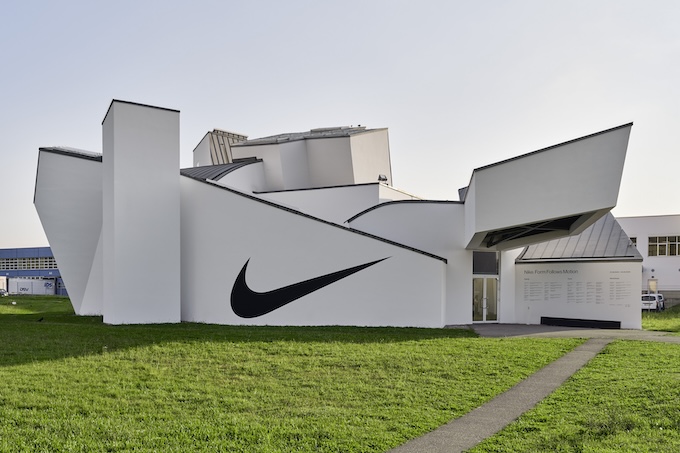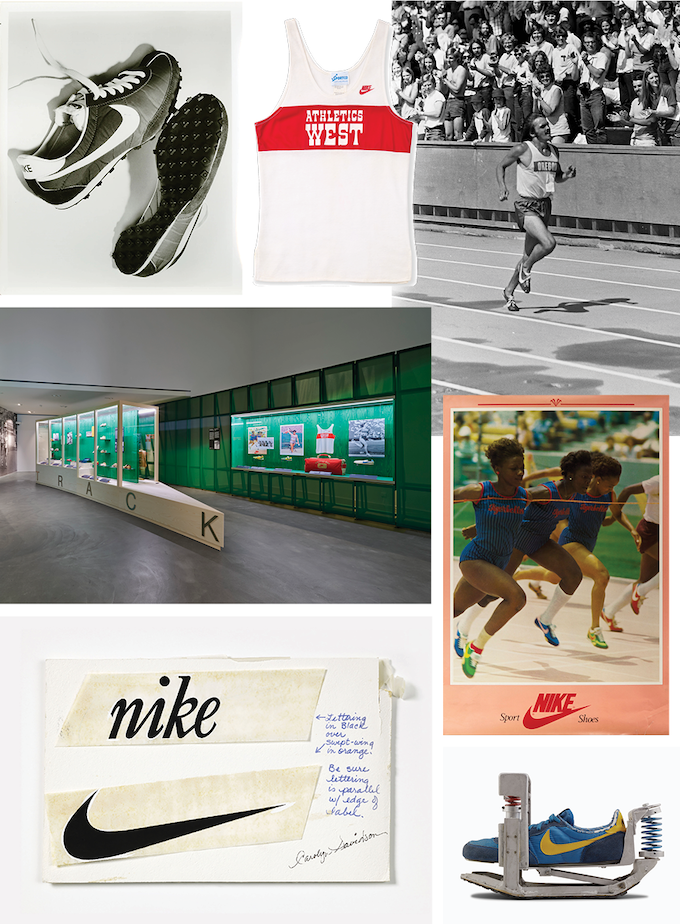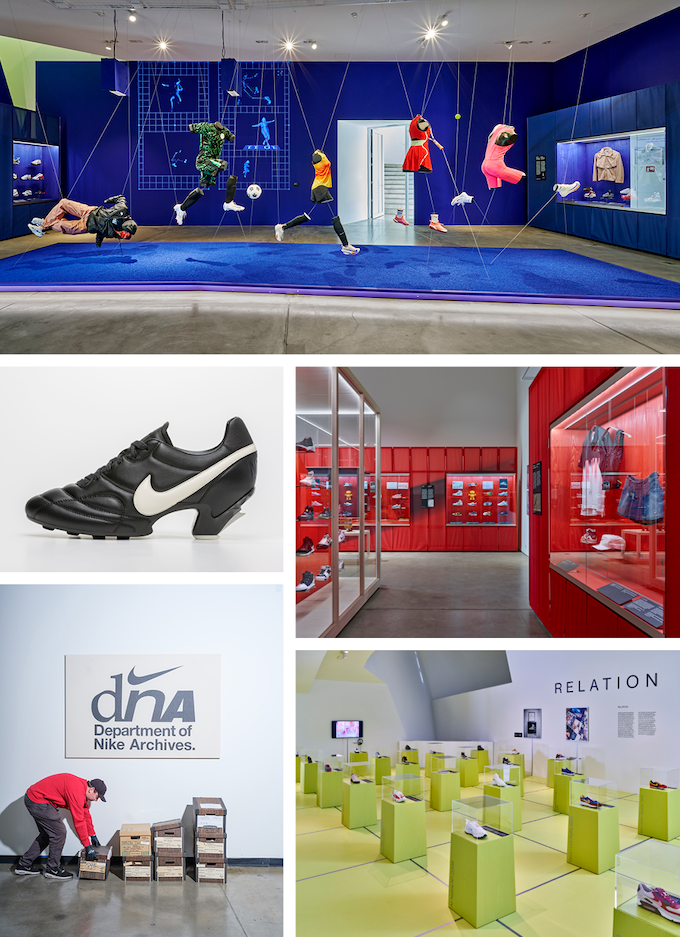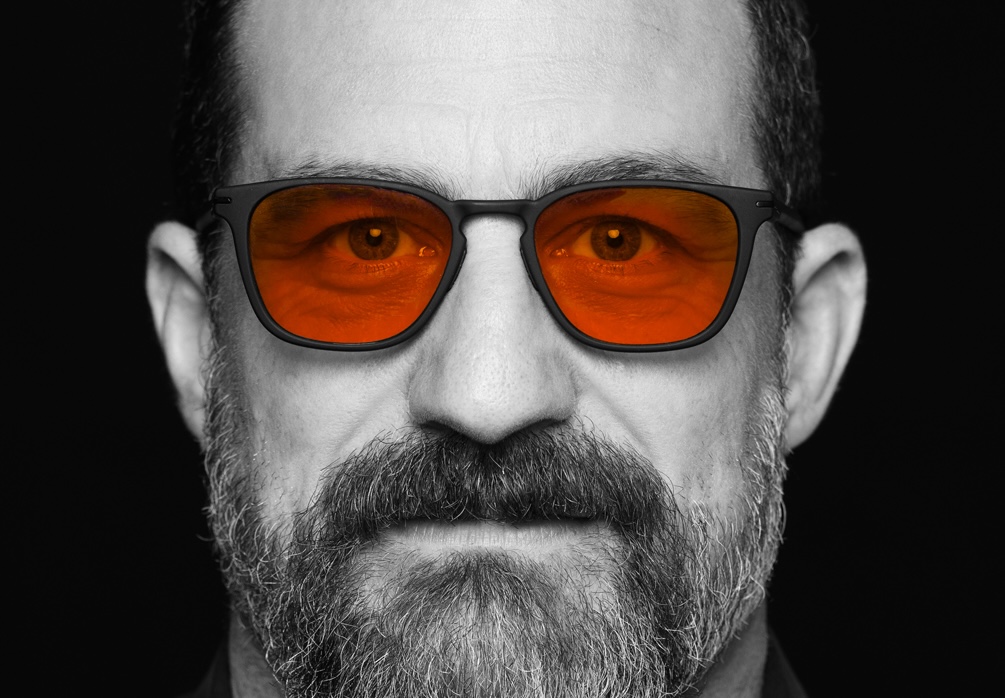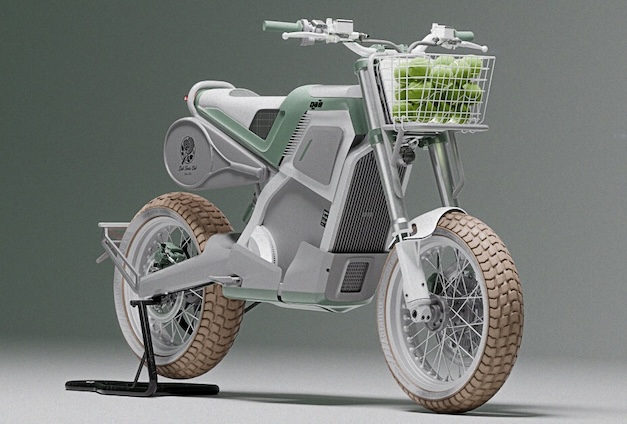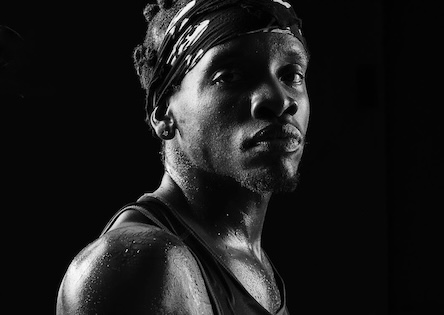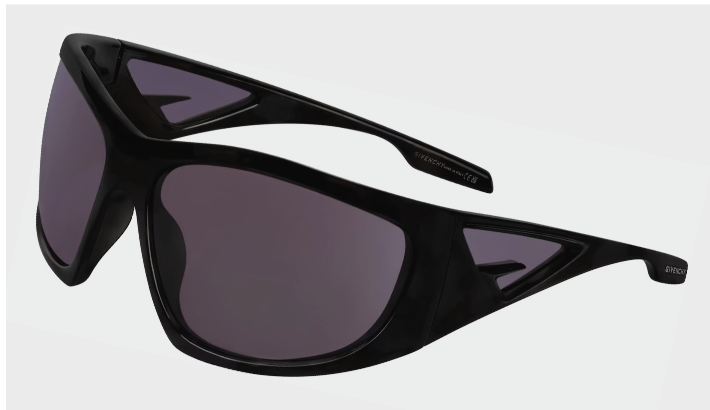Now on view at the Vitra Design Museum in Weil am Rhein, Germany is Nike: Form Follows Motion, the first ever comprehensive museum exhibition about Nike. The show explores the company’s five-decade ascent from a grassroots start-up to a global phenomenon, with a focus on Nike’s design history: from the company’s beginnings in the 1960s and the design of its famous swoosh logo; to iconic products such as Air Max and Flyknit; and current research devoted to future materials and sustainability. The exhibition highlights how sport is a catalyst for both design innovation and social change, and also sheds light on the almost mythical devotion to sneakers and sportswear in popular culture.
Named after the Greek goddess of victory, Nike has become more than just a brand. It is a whole design culture. Products have been developed with a blend of scientific study, sports research, and aesthetic sensibility — from material engineering to biology to body mechanics. Athletes have played a uniquely influential role by bringing their own experiences and requirements into product development. Nike: Form Follows Motion offers a look behind the scenes of this design laboratory for the first time.
CLOCKWISE TOP LEFT: Oregon Waffle Trainer, 1973; Athletics West Singlet, 1977; Steve Prefontaine at the Pac-8 Championships, Eugene, Oregon, 1973; Nike poster featuring Tennessee State Tigerbelles, 1978; Nike poster featuring Tennessee State Tigerbelles, 1978; Early Mechanical Shox Prototype, 1981; Drawing of the original Swoosh Design, Carolyn Davidson, 1972
Most of the exhibits are sourced from the Department of Nike Archives (DNA), the company’s own archive, which comprises more than 200,000 items. The exhibition is the first to present a curated selection, among which are rarities such as prototypes of iconic sneaker models like the Waffle trainer, the Air Force One, and Shox, as well as original design studies for other shoes and apparel. The creative contributions of individual designers are highlighted throughout, both those inside the company like Diane Katz, Tinker Hatfield, and Eric Avar, and external collaborators like Marc Newson, Comme des Garçons, and Virgil Abloh.
The exhibition is structured in four chronological sections. The first, Track, delves into the Nike archive with stories and artifacts from the brand’s earliest days. Founded by Phil Knight, who had been a runner in college, and his former coach Bill Bowerman, Nike’s early employees and most of their customers were mainly serious amateurs and collegiate runners, with a few professionals helping to promote the brand. In this formative period, Nike established one of its key design principles: always listen to the voice of the athlete.
The second exhibition chapter, Air, looks at the 1980s when Nike expanded into other sports and took off with star athletes like Michael Jordan, Serena Williams, and LeBron James. Nike designs became fixtures of pop culture and the street-style landscape. At the same time, the company was developing new technology: capsules of pressurized gas that provided cushioning without adding weight. Initially concealed, Nike Air was first made visible in the 1987 Air Max, opening up a new chapter in the company’s design history.
The third space in the show, Sensation, gives visitors an insight into the heart of the Nike Sport Research Lab, one of the world’s largest and most advanced facilities for the study of the body in motion. Since the 1990’s, this technical research has increasingly focused on advancing athletic potential, leading to products like the Nike Free, which simulates the feel of barefoot running, and the Vaporfly, developed as part of an effort to break the two-hour barrier in the marathon. The gallery shows the impact of material innovations like Flyknit on both performance and sustainability, and explores current efforts to reduce its own climate impact through ethical material sourcing and manufacturing techniques.
The culmination of the exhibition, Relation, reflects on Nike’s collaborations with external designers, athletes, and its own public. The gallery is a showcase for fifty examples of intriguing and sometimes outrageous footwear from Nike’s history, some developed through collaborations with fashion designers and creatives, others within community-based projects. The room also examines Nike’s eminent role in pop and counterculture and underlines that the symbiosis of design and sports has always been about more than just performance.
Nike: Form Follows Motion is on view through May 4, 2025 and will be accompanied by a broad range of events and workshops on the subject of sports and design. Following its premiere at the Vitra Design Museum, the exhibition will travel to further international museum venues.
______________________________
Photo credits: Vitra Design Museum © Vitra Design Museum, photo: Norbert Miguletz; Oregon Waffle Trainer, 1973 © Nike, Inc., photo: Jeff Johnson; Athletics West Singlet, 1977 © Vitra Design Museum, photo: Unruh Jones; Steve Prefontaine at the Pac-8 Championships, Eugene (USA), 1973 © Nike, Inc., photo: Jeff Johnson; Nike Sport Shoes, poster, featuring Tennessee State Tigerbelles, 1978 © Nike, Inc; Early Mechanical Shox Prototype, 1981 © Nike, Inc; Drawing of the original Swoosh Design, Carolyn Davidson, 1972 © Nike, Inc; Oregon Waffle Trainer, 1973 © Nike, Inc., photo: Jeff Johnson; Nike Premier x Comme des Garçons, 2021 © Vitra Design Museum, photo: Unruh Jones
All installation views, Nike: Form Follows Motion © Vitra Design Museum, Photo: Bernhard Strauss
